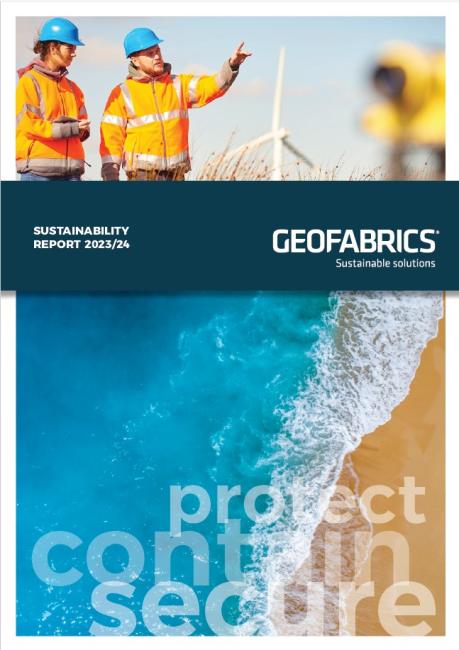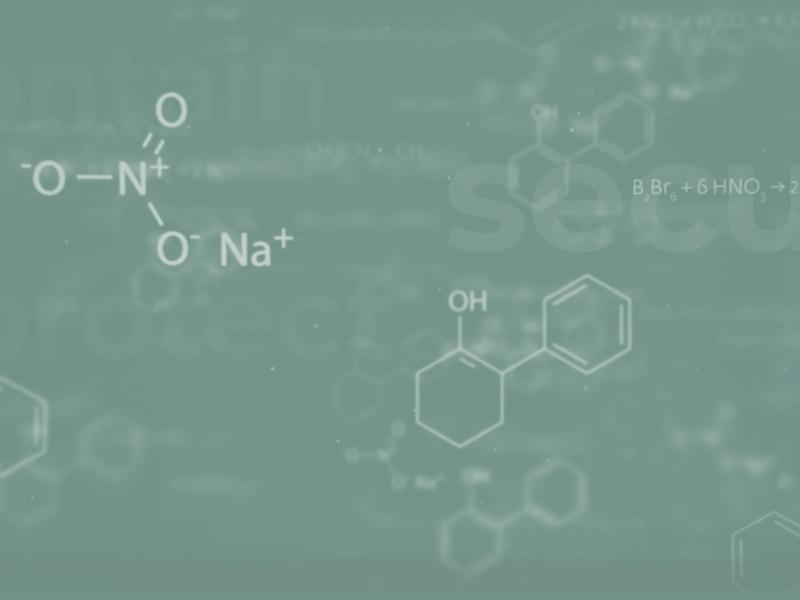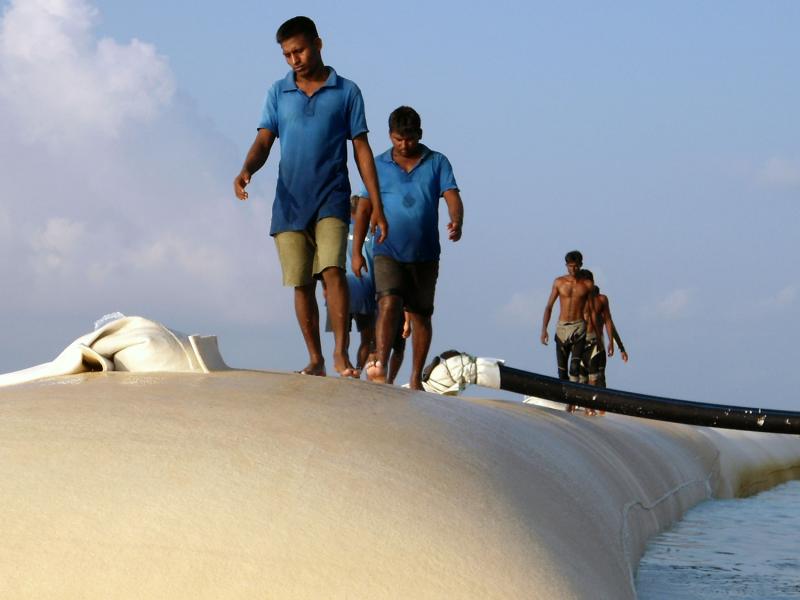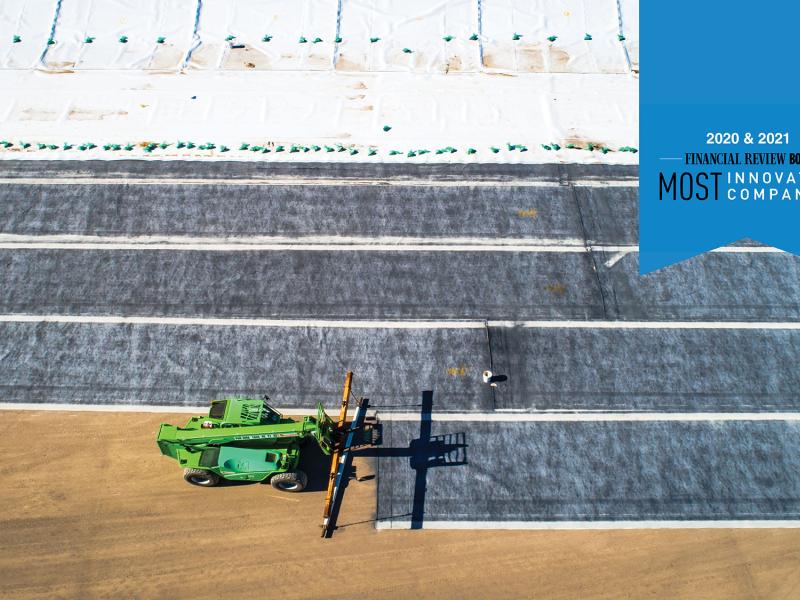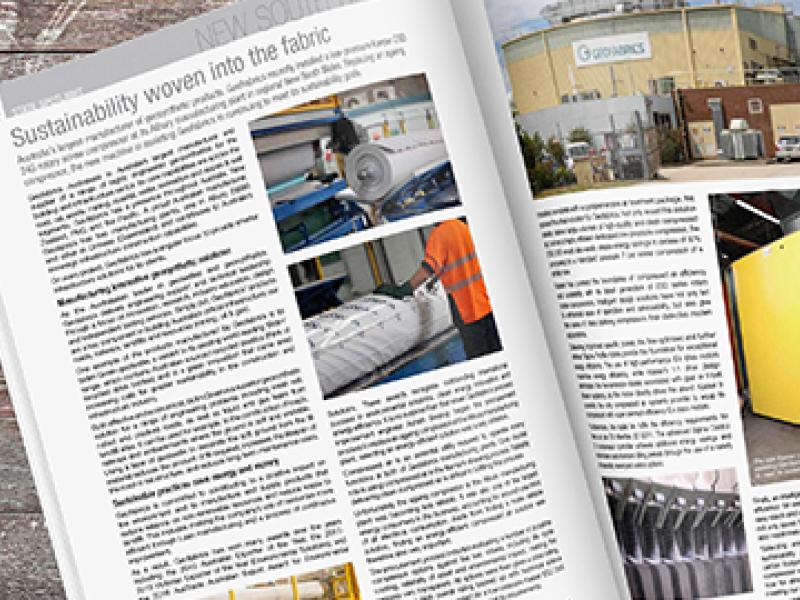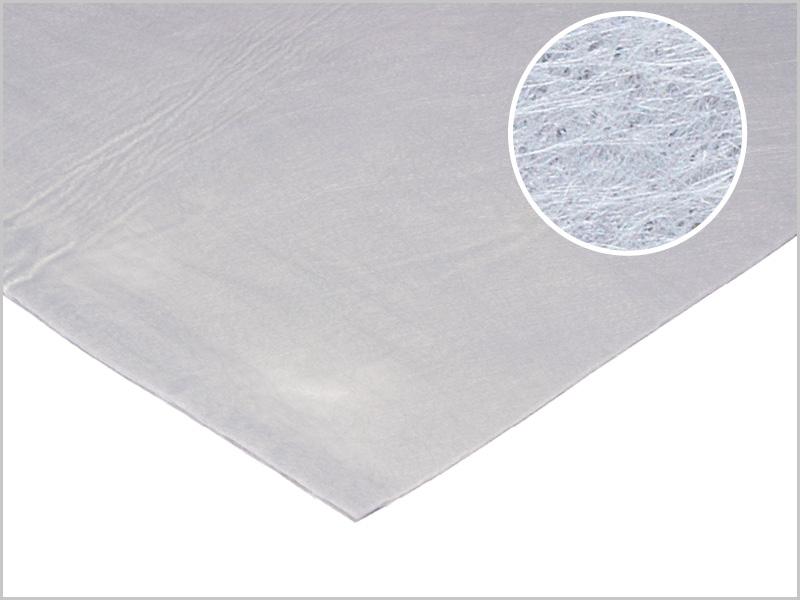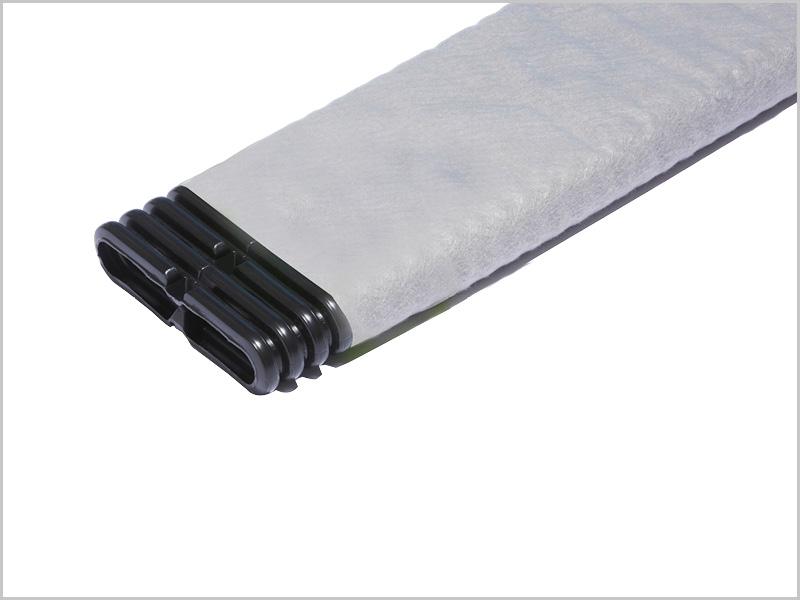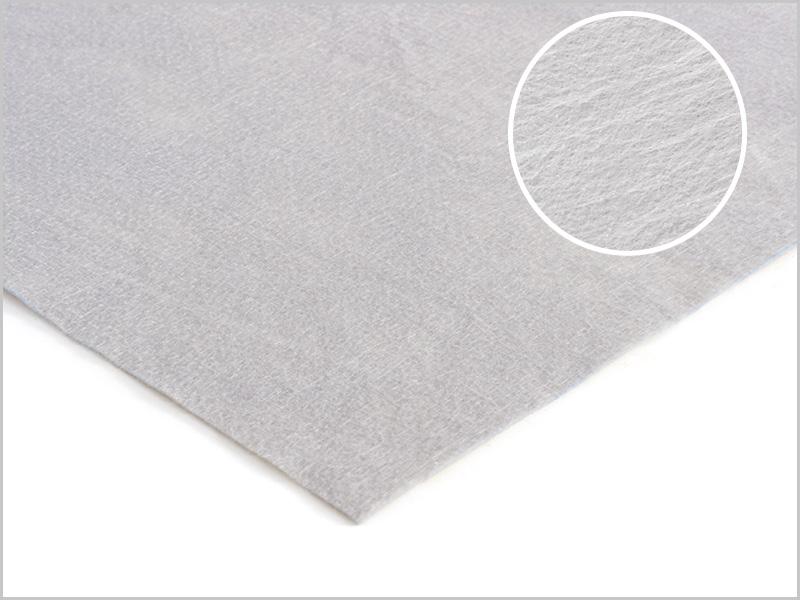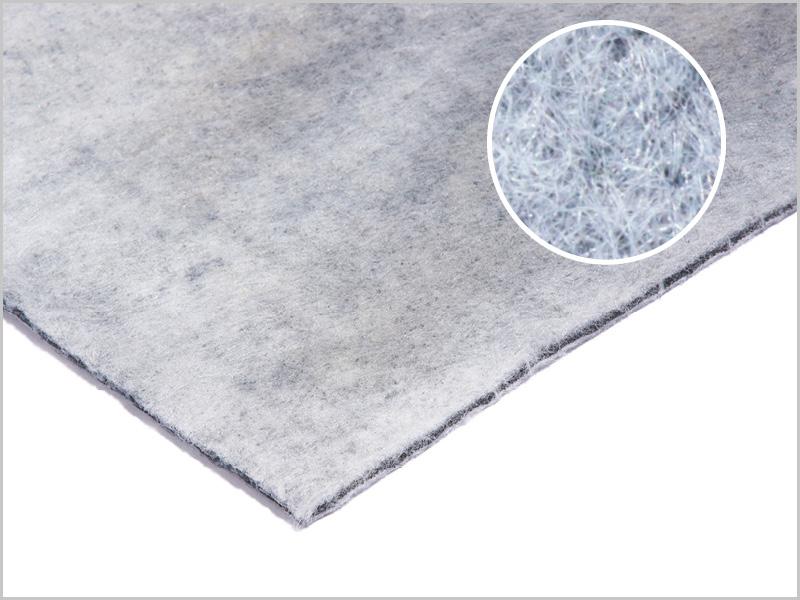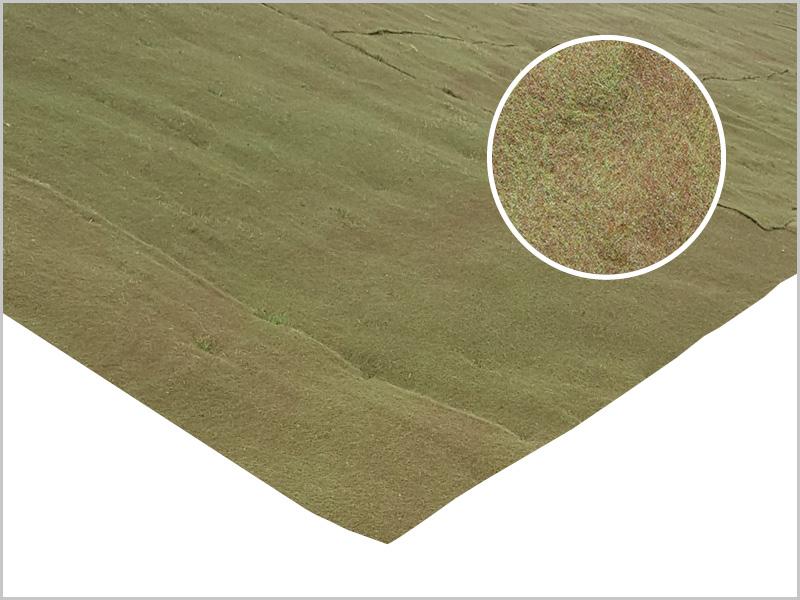
In 2022, we benchmarked energy and water consumption, carbon and waste generation in our local manufacturing facilities in Victoria and Queensland.
We have identified and begun implementing cost effective opportunities to reduce our environmental impacts whilst increasing productivity and reducing our costs.
We are demonstrating to stakeholders, staff, customers, investors, and the supply chain that we are committed to:
- Future-proofing the business
- Creating a positive brand reputation
- Adding value through sustainability
- Reducing carbon emissions
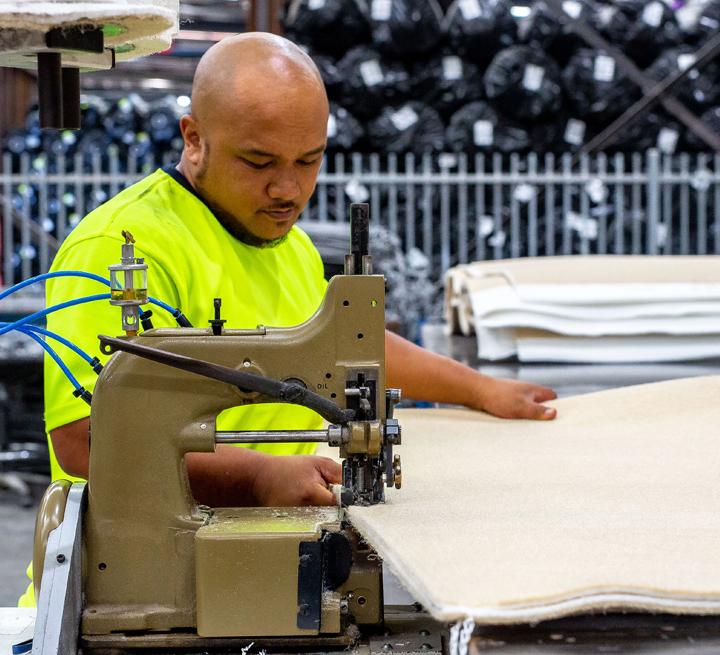
40%
Emissions
Reduction Target
2025
50%
Emissions
Reduction Target
2030
Net Zero
Emissions
Reduction Target
2050
The UN Sustainable Development Goals
The UN Sustainable Development Goals (SDGs) were developed as a plan of action to build a global partnership for sustainable development to improve human lives and protect the environment. We are guided by the UN SDGs and are making changes where we can have the most impact.
When used in infrastructure projects and in the protection of the environment, Geosynthetics can help communities and business partners achieve a number of SDGs.

Geosynthetics can be used to help prevent water scarcity and ensure water quality is protected.
By maximising the use of sitewon fill and avoiding the need to import additional construction materials, Geosynthetics can help to reduce the cost and impact of building energy infrastructure.
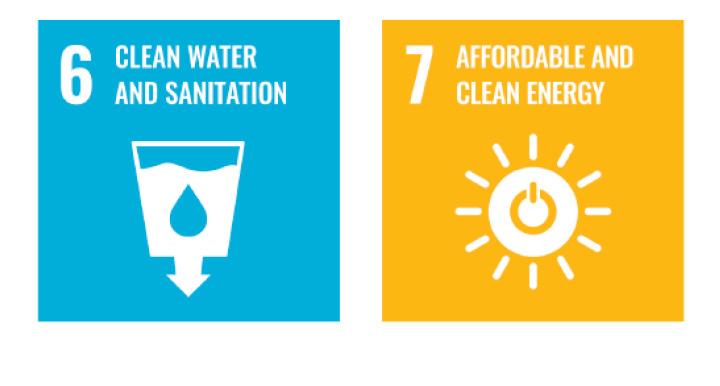
Many of the products we supply are manufactured locally in our two production plants in Albury (NSW) and Ormeau (QLD).
We employ more than 100 manufacturing staff, providing employment opportunities in regional areas for men, women and people from diverse backgrounds.

Geosynthetic lining systems are equivalent or superior to traditional soil containment of waste and contaminants.
Sorbseal is used to protect the environment and waterways from PFAS & other emerging contaminants.
Rising sea levels and an increase in significant weather events present serious challenges to coastal communities, which Geofabrics can help them manage.
Offshore artificial reefs, sand bags and the protection and reinstatement of mangroves and marshlands can reduce the effects of coastal and estuarine erosion.




